Short ribs can be both beef and pork! Beef short ribs come from the cow's rib area, while pork short ribs come from the pig's belly. Here's what you need to know to choose the right cut for your recipe.
What Are Short Ribs?
Short ribs are cuts of meat from the rib section of animals. Beef short ribs originate from the chuck or plate section of the cow, while pork short ribs come from the lower belly area near the rib bones. Both are marbled with fat, making them ideal for slow cooking methods like braising or smoking.
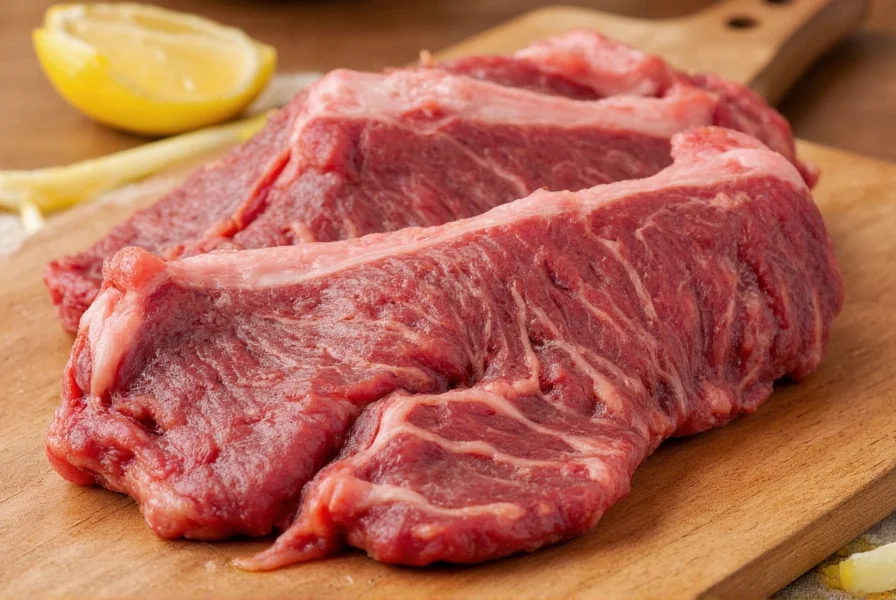
Beef vs. Pork: Key Differences
Taste & Texture
- Beef Short Ribs: Rich, bold flavor with a firmer texture. Ideal for hearty dishes and red wine pairings.
- Pork Short Ribs: Slightly sweeter and more delicate. Great for Asian-inspired dishes or lighter barbecue sauces.
Cooking Methods
- Beef: Best when slowly braised or smoked. Needs time to break down connective tissues.
- Pork: Can be grilled quickly or slow-roasted. More versatile in terms of preparation.
| Feature | Beef Short Ribs | Pork Short Ribs |
|---|---|---|
| Flavor Profile | Rich, savory, umami | Sweet, mild, slightly fatty |
| Cooking Time | Longer (2–4 hours) | Can be quicker (45 mins – 2 hrs) |
| Best For | Stews, ragus, bone marrow lovers | BBQ, tacos, Asian braises |
Cooking Tips for Short Ribs
- Braise It Baby: Both types benefit from low-and-slow cooking. Try using a Dutch oven or slow cooker.
- Dry Rubs & Marinades: Use bold spices for beef, and citrus-based marinades for pork to balance out the richness.
- Sear First: Always sear short ribs before slow cooking. This enhances flavor through the Maillard reaction.
- Rest Before Serving: Letting the meat rest allows juices to redistribute and keeps the meat moist.
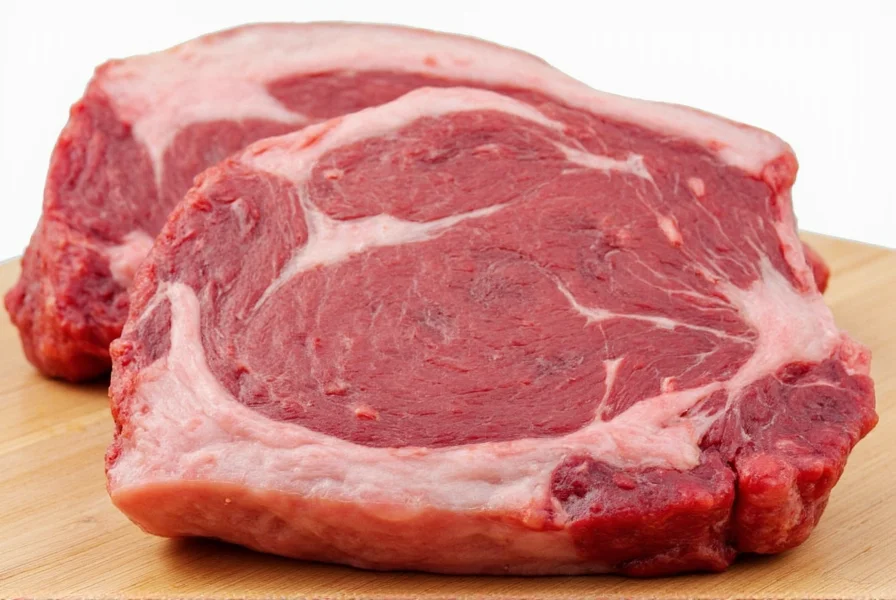
Buying Guide: Choosing the Right Short Ribs
For Beef Short Ribs
- Freshness: Look for bright red color; avoid any that appear grayish or slimy.
- Marrow Content: Bones with visible marrow add depth to flavor.
- Marbling: More marbling means more flavor and juiciness during long cooking.
For Pork Short Ribs
- Pinkish Hue: Fresh pork should be pink, not pale or brownish.
- Fat Cap: A thin layer of fat helps protect the meat during grilling or roasting.
- Size: Uniform size ensures even cooking, especially when grilling.
Visual Comparison: Beef vs. Pork Short Ribs
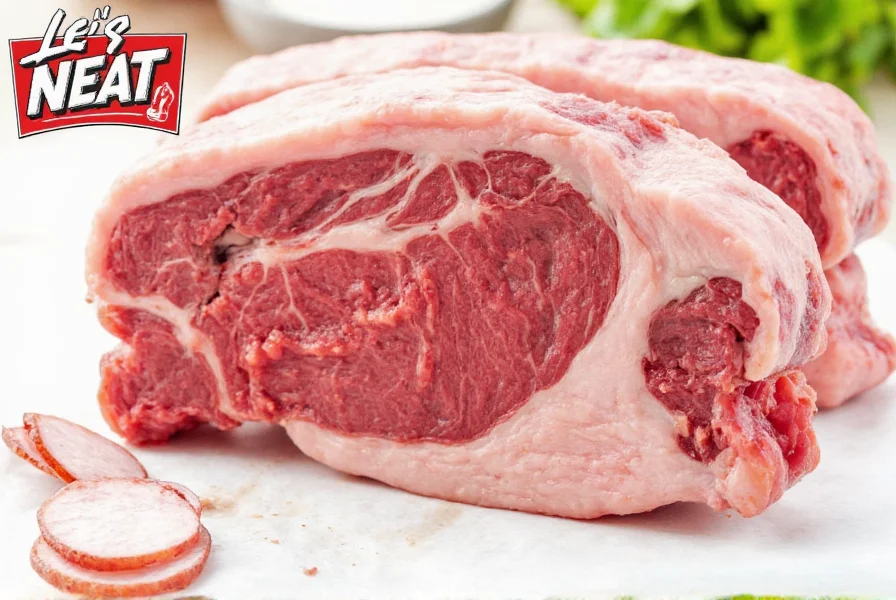
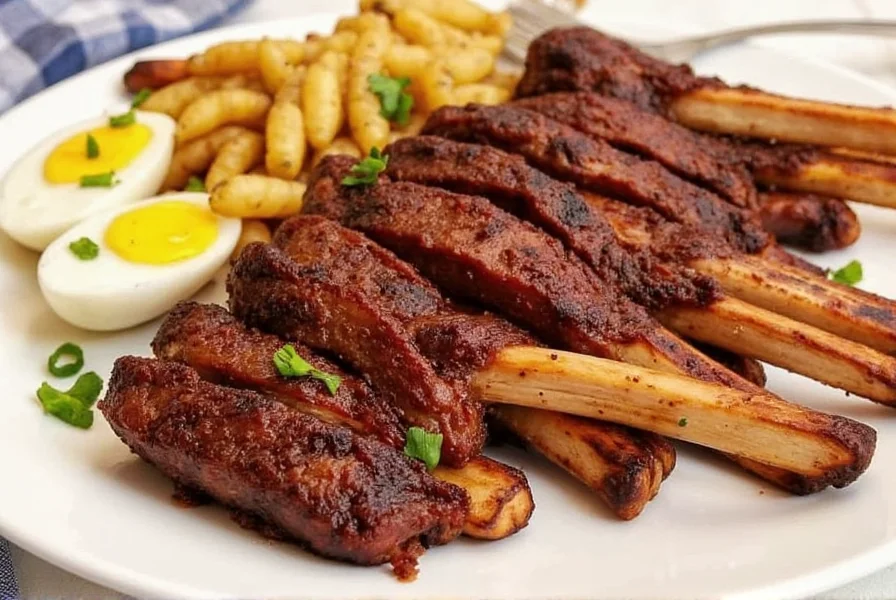
Frequently Asked Questions (FAQ)
Are short ribs pork or beef?
Short ribs can be both! Beef short ribs come from the chuck or plate section of the cow, while pork short ribs originate from the lower belly area of the pig near the rib bones. The term "short ribs" refers to the cut location rather than the animal.
What's the main difference between beef and pork short ribs?
Beef short ribs have a richer, bolder flavor with firmer texture and higher fat content, ideal for long braising. Pork short ribs are sweeter, more delicate, and cook faster—perfect for grilling or Asian-style braises. Visually, beef ribs are larger with dense marbling, while pork ribs are smaller with thinner fat layers.
Can I substitute pork short ribs for beef in recipes?
Yes, but adjust cooking times and seasonings. Pork cooks faster (45-90 minutes vs. 2-4 hours for beef), so reduce braising time. Use lighter marinades for pork (like soy-ginger) versus robust red wine sauces for beef. Never substitute 1:1 by weight—pork shrinks more during cooking.
Why do my short ribs turn out tough?
Toughness usually means insufficient cooking time or wrong method. Beef short ribs need 2-4 hours of low-temperature braising to break down collagen. Pork requires at least 45 minutes even when grilled. Always sear first to lock in juices, and never skip the resting period before serving.
Where's the best place to buy quality short ribs?
Butcher shops offer the freshest cuts with customization options. For beef, look for USDA Prime grade with abundant marbling; for pork, seek "Niman Ranch" or "Duroc" breed labels. Grocery stores work well too—check the sell-by date and avoid pre-packaged ribs with liquid pooling. Frozen short ribs are acceptable if thawed slowly in the fridge.

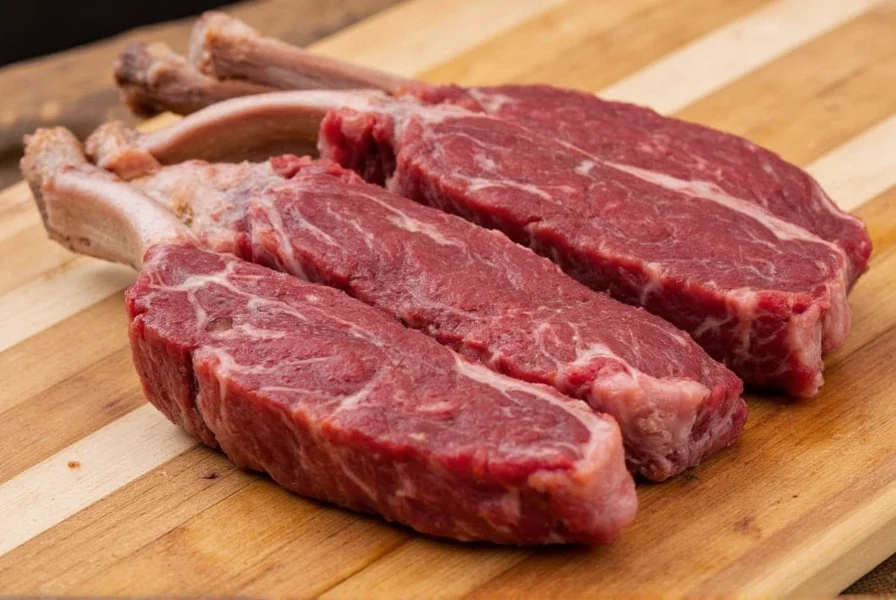









 浙公网安备
33010002000092号
浙公网安备
33010002000092号 浙B2-20120091-4
浙B2-20120091-4